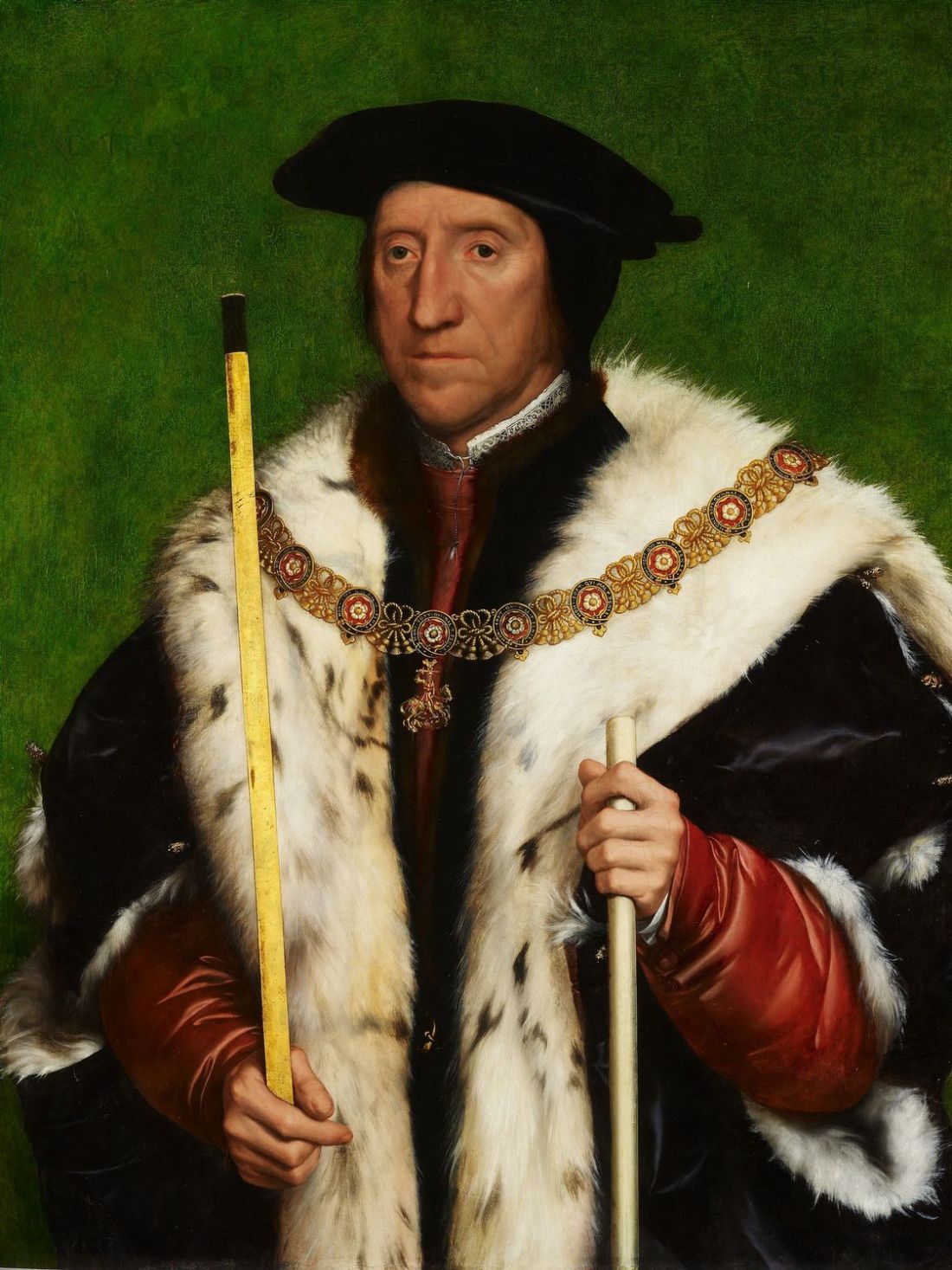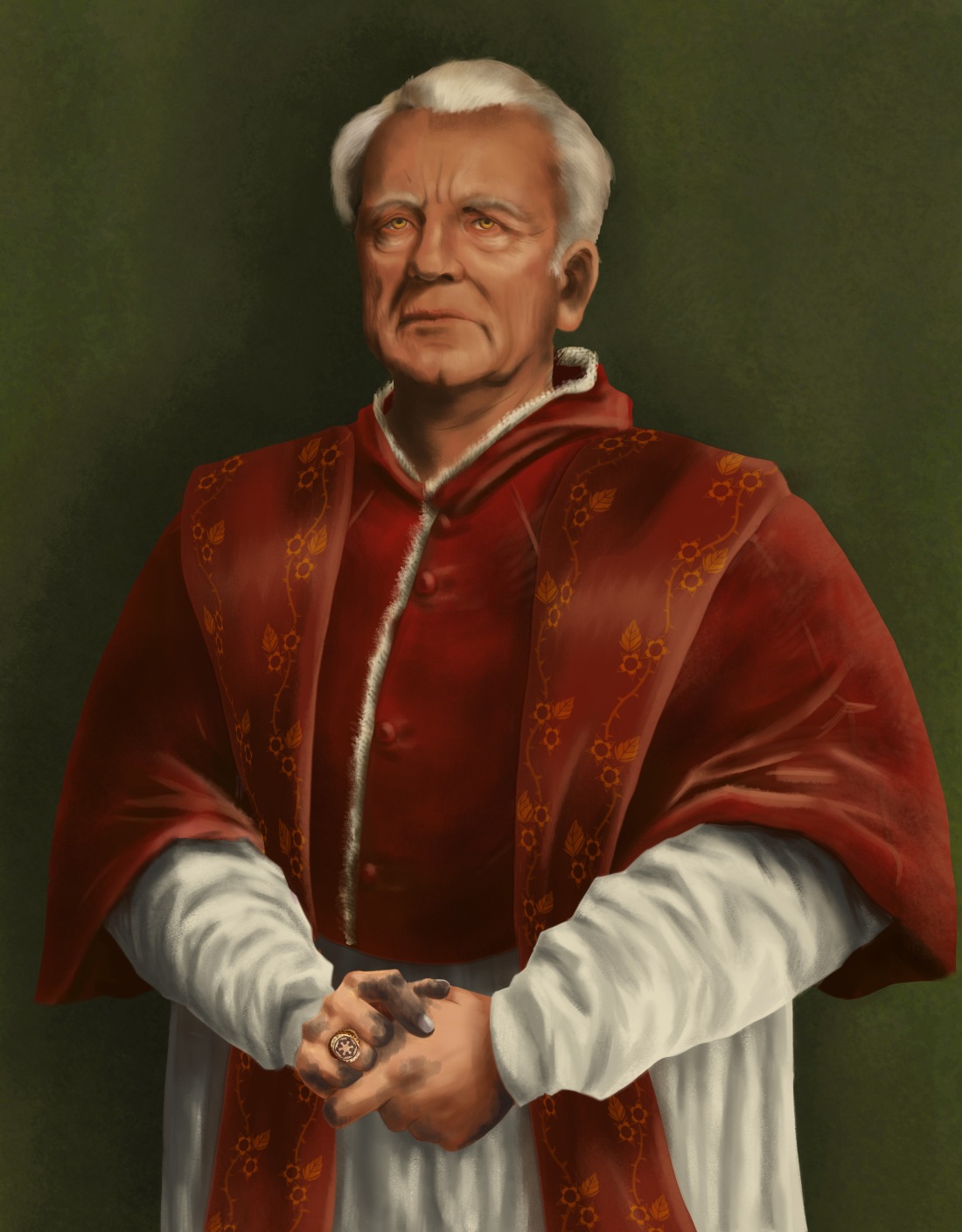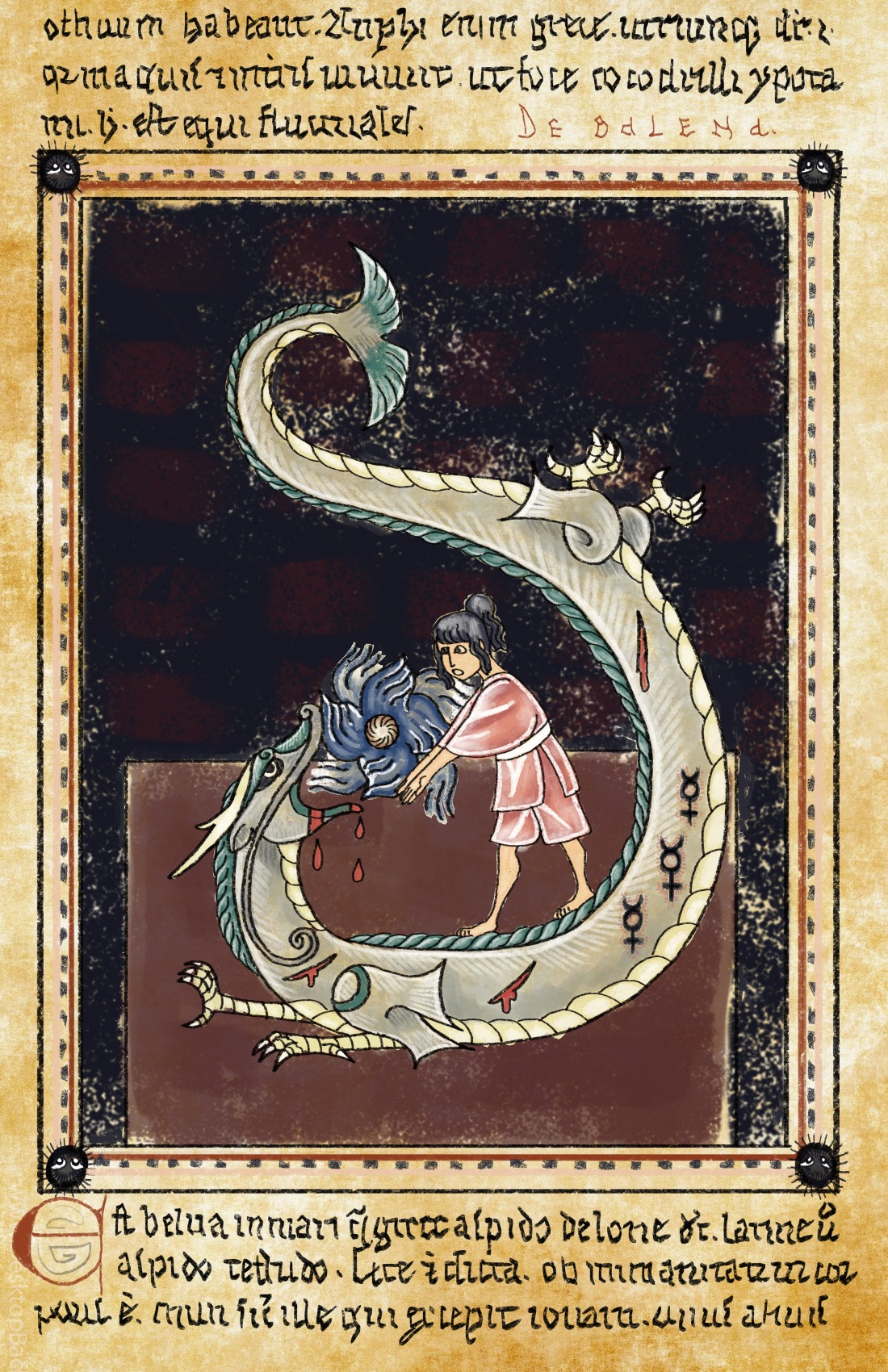For this final project, I was tasked with the challenge of creating a brochure for a newly colonized settlement on Mars! This brochure must be created in the “voice” of a major Modernist art movement. I chose Constructivism and the artist I decided to emulate was Aleksandr Rodchenko, who was hailed as one of the core artists of the Constructivist movement.
But first some info on Constructivism…
“All is a fiction . . . only life and its laws are authentic and in life only the active is beautiful and wise and strong and right, for life does not know beauty as an aesthetic measure . . . efficacious existence is the highest beauty.”(1)
Constructivism was a time of artistic philosophy, reformation, and experimentation that began in 1913 by an artist named Vladimir Tatlin who rejected the idea of organic emotional art and instead began experiment with “constructing” art. He was heavily influenced by Cubism and turned those ideals toward the idea of creating art through modern industrial materials. (2) After the Bolshevik Revolution in 1917, Constructivism gained momentum using art as a method of unifying and galvanizing the masses. (3) Art became a tool of the proletariat, emotion being traded out for abject meaning and utility. One of Constructivism’s main points being the destruction of all preconcieved notions of “art” and its purpose. Constructivists, such as Aleksandr Rodchenko, wished to integrate art into everyday life, believing that art is no longer made for the sake of art but instead created for social function. They considered themselves engineers in artistic experimentation instead of emotional artists and believed that art could be manufactured just as rationally as any other product. Everyone is considered equal and the artist is merely a worker just like all others of the working class. (4)
The work I will formally break down for you is Aleksandr Rodchenko’s Soviet political poster, “Books (Please)! In all Branches of Knowledge”.

Aleksandr Rodchenko, “Books (Please)! In All Branches of Knowledge”, 1924, Letterpress.
This work is an exercise in boldness. The subject is political in nature and dominates the content of the work, being the central focus of its purpose. Color, shape, and line are all thick, heavily saturated, and perfectly formed. All are meant to draw attention to the work and its message. The only moments of delicate detail and subtlety of value being in the composited photograph of the woman within the circle. She has been shot from a dynamic angle with a happy, excited look on her face adds to the energy of the work and establish a positive mood for the content.

The colors of the work are kept to a limited pallet of highly saturated red, black, grey, and white (although time has weathered the white of the paper to a light tan but it still works well). These colors are used to define areas of focus as well as lead the eye throughout the work.


All the shapes and lines of the work are sharp and defined. The Lines are created by negative space between the shapes and add extra dimension to the design. They become outlines that serve to emphasize those heavy geometric shapes while at the same time collecting them into larger areas of shape within the space. This assists in allowing the eye to travel smoothly from one side of the image to the other without being overwhelmed by all the collective parts or caught on the bold text.

The eye starts first at the circle on the left. This is due to the fact that the human eye is naturally drawn to circular shapes and images of faces. This is further assisted by the fact that the gradient of the image in the circle is so different than the rest of the work. The eye moves to the right, funneled by the large triangular section of geometry that comprises the right half of the work. It is from there that the eye follows the dark outer shapes of black that extend from the end of the triangular section and is bounced back to the left side of the work where it then circulates back into the image of the woman. The movement in this work is extremely important. With forms that are made up of many simple bold shapes and colors, it is all too easy for the eye to be completely overwhelmed and completely miss the text and the overall message of the work. This is why having a clear focal starting point and well defined leading lines are so important to this piece. It has to be both dynamic and legible, of which this work has achieved expertly.

Brittany Katz, “The Constructivist Colony, Cover”, 2018, Photoshop

Brittany Katz, “The Constructivist Colony, Inside”, 2018, Photoshop
Comparison

Aleksandr Rodchenko, “Books (Please)! In All Branches of Knowledge”, 1924, Letterpress.

Brittany Katz, “The Constructivist Colony, Cover”, 2018, Photoshop
For my project, I studied, “The Realistic Manifesto” by Naum Gabo and Antoine Pevsner. I took inspiration from three of Rodchenko’s works, taking their base patterns and shapes to create a three paneled brochure where each piece could function both as a singular image and then as a cohesive whole. Constructivism at its core, is extremely geometric and relies on extreme organization and logic in its art. Images are meant to be universally recognized and interpreted without effort. Everything has a purpose and is meant to support the meaning of the whole.
 Aleksandr Rodchenko, “Novyi LEF”, Zhurnal levogo fronta iskusstv, 8, 1928, Letterpress.
Aleksandr Rodchenko, “Novyi LEF”, Zhurnal levogo fronta iskusstv, 8, 1928, Letterpress.
 Aleksandr Rodchenko, “Books (Please)! In All Branches of Knowledge”, 1924, Letterpress.
Aleksandr Rodchenko, “Books (Please)! In All Branches of Knowledge”, 1924, Letterpress.
 Aleksandr Rodchenko, “Rechevik”, Stikhi (Orator. Verse), 1929, Letterpress.
Aleksandr Rodchenko, “Rechevik”, Stikhi (Orator. Verse), 1929, Letterpress.
I took advantage of the way smaller geometric features are grouped together to create larger shapes as a means to connect my three pieces together. I used negative space, edges of shapes, and angled lines to create a central triangular shape at the bottom of the brochure that leads the eye up to the image of mars and the surrounding depiction of the Utopian society.
 Brittany Katz, “The Constructivist Colony, Cover”, 2018, Photoshop
Brittany Katz, “The Constructivist Colony, Cover”, 2018, Photoshop
The trajectory of the rockets as well as the angle of the text on the right panel mirror each other and serve to support the central focus of Mars in the center. The designs of the rockets are based off of the actual rocket prototypes that were being developed by Robert Goddard during the early 1920s. (5) Of course one major issue with this was that they looked more like missiles than modes of transportation so I had to add some minor fins and small windows to make them less threatening.

Robert Goddard with Rocket Prototype, 1926


Artist Unknown, Russian Propaganda Poster Aleksandr Rodchenko, “Ensemble”, 1922, created 2005
My Figure of Figures is used as the starting focal point of the brochure, the inspiration for his style being the iconic propaganda picture of Russian workers building the future. However, figure is wearing a jumpsuit that was designed by Rodchenko himself as a concept of future Russian fashion. Unfortunately, Rodchenko never got to see the completed jumpsuit before he died in 1956. (6)
Rodchenko often included the use of composited photographs in his designs. He was an avid photographer and often abstracted his pictures by shooting from an extreme angle where the subject is obscured in favor of emphasizing shape and form. (7) I used the same principal and shot various everyday objects from such unusual angles that they were no longer identifiable as their original subjects. I then composited parts of these photographs together to create the Colony city scape.

Brittany Katz, “The Constructivist Colony, Inside”, 2018, Photoshop
I decided to go with the positive, self-empowered aspects of Constructivism for the purpose of attracting people to live in the Colony. I used text for the brochure that illustrated a sense of empowerment, taking your fate into your own hands and rising to a better existence. From what I have read, Constructivists like to focus on the here and now, going so far as to say that the past and future no longer matter. This posed a bit of a problem seeing as brochures by their very nature deal with enticing people with possible subjects for their future. However, when I really deconstructed all the poetic wording in the manuscripts, I realized that Constructivists aren’t ignoring the future completely. They just recognize that no one can predict the future, so it’s useless to waste time worrying about. They hold the belief that one should put their utmost effort in actively participating in their present. By doing so, they will not need to think about the future because it will subsequently be built upon the best efforts and values that are actually real to the individual. No need to look ahead or worry about the future because you are already giving best efforts in living your life. So I went with the theme of “you should move here now because you are better than Earth and this place matches who you are”.
- Caws, Mary Ann. Manifesto: A Century of Isms. Lincoln: Univ. of Nebraska Press, 2001. Accessed December 11, 2018. https://books.google.com/books?id=lKONAETXi-kC&pg=PA400&lpg=PA400&dq=the past we are leaving behind as carrion the future we leave to the fortune teller&source=bl&ots=5CnlxVO5-j&sig=upj7ne4XAeIFAxaT6WK8XJnSPR8&hl=en&sa=X&ved=2ahUKEwiinqST8JrfAhVrs1QKHYvyAksQ6AEwAHoECAoQAQ#v=onepage&q=the past we are leaving behind as carrion the future we leave to the fortune teller&f=false. Pages, 398-400
- Blumberg, Naomi, and Gloria Lotha. “Constructivism.” Encyclopædia Britannica. July 28, 2015. Accessed December 11, 2018. https://www.britannica.com/art/Constructivism-art.
- “Agitation and Propaganda: The Soviet Political Poster 1918–1929.” Frye Art Museum. Accessed December 10, 2018. https://fryemuseum.org/exhibition/6262/.
- Elder, R. Bruce. Harmony and Dissent : Film and Avant-Garde Art Movements in the Early Twentieth Century. Waterloo, ON: Wilfrid Laurier University Press, 2008. Accessed December 10, 2018. ProQuest Ebook Central.
- Garner, Rob. “Dr. Robert H. Goddard, American Rocketry Pioneer.” NASA. February 11, 2015. Accessed December 11, 2018. https://www.nasa.gov/centers/goddard/about/history/dr_goddard.html.
- “Ensemble | Rodchenko, Aleksandr Mikailovich.” V&A Search the Collections. Accessed December 10, 2018. http://collections.vam.ac.uk/item/O297713/ensemble-rodchenko-aleksandr-mikailovich/.
- MoMA. “Aleksandr Rodchenko.” MoMA. Accessed December 09, 2018. https://www.moma.org/artists/4975.
i. Bann, Stephen. The Documents of 20th-Century Art: The Tradition of Constructivism. New York: The Viking Press, 1975.
i. Tate. “Rodchenko and Popova: Defining Constructivism: Explore the Exhibition, Introduction: Introduction.” Tate. Accessed December 09, 2018. https://www.tate.org.uk/whats-on/tate-modern/exhibition/rodchenko-popova/rodchenko-and-popova-defining-constructivism.


















 Theotokos of Vladimir. Tempera on wood. Hall Museum Church of St Nicholas, Moscow. 12th Century A.D.
Theotokos of Vladimir. Tempera on wood. Hall Museum Church of St Nicholas, Moscow. 12th Century A.D.
 Screenshot from Deadpool 2.
Screenshot from Deadpool 2. Enthroned Madonna and Child. Tempera on wood. National Gallery of Art, Washington D.C.. 13th Century.
Enthroned Madonna and Child. Tempera on wood. National Gallery of Art, Washington D.C.. 13th Century. Christus der Erbarmer. Glass mosaic with wax base on wood. Staatliche Museen zu Berlin, Berlin. 12th century.
Christus der Erbarmer. Glass mosaic with wax base on wood. Staatliche Museen zu Berlin, Berlin. 12th century. Sarah Graybill. Beginning. 2014. Mixed Media. 8″x 10″. Teafox Illustrations.
Sarah Graybill. Beginning. 2014. Mixed Media. 8″x 10″. Teafox Illustrations.
 Sarah Graybill. Fox & Wisps. 2014. Mixed Media. Brittany Katz. The Twins. 2016. Mixed Media. Teafox Illustrations. Katz Kreatures.
Sarah Graybill. Fox & Wisps. 2014. Mixed Media. Brittany Katz. The Twins. 2016. Mixed Media. Teafox Illustrations. Katz Kreatures.